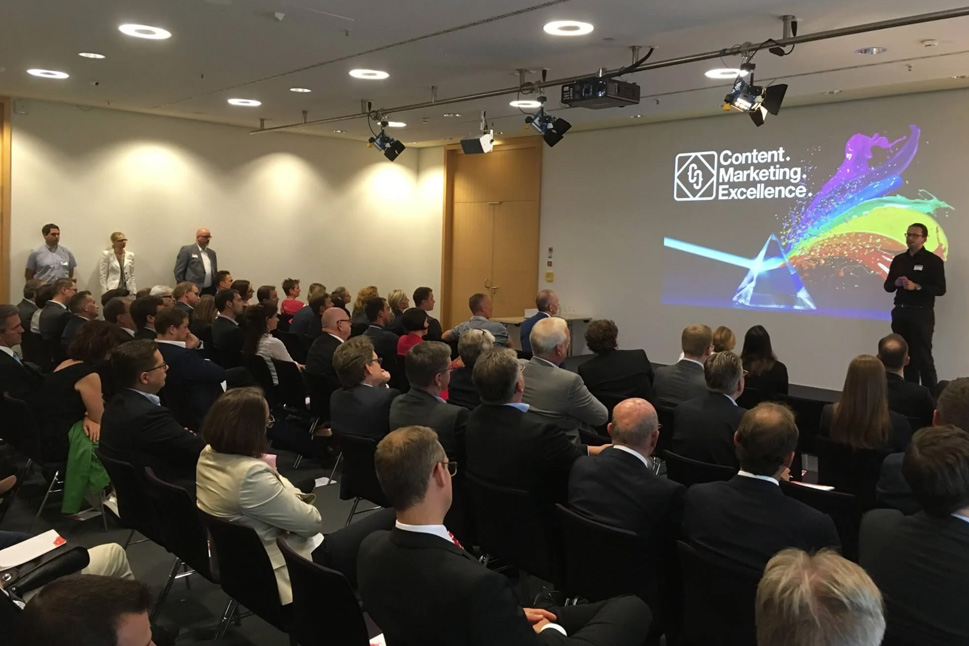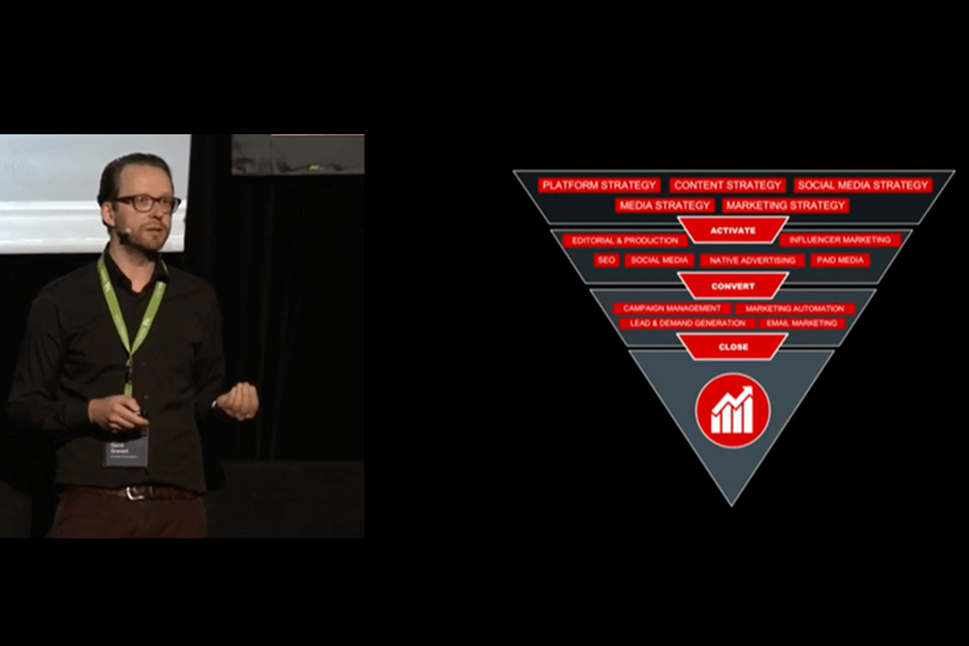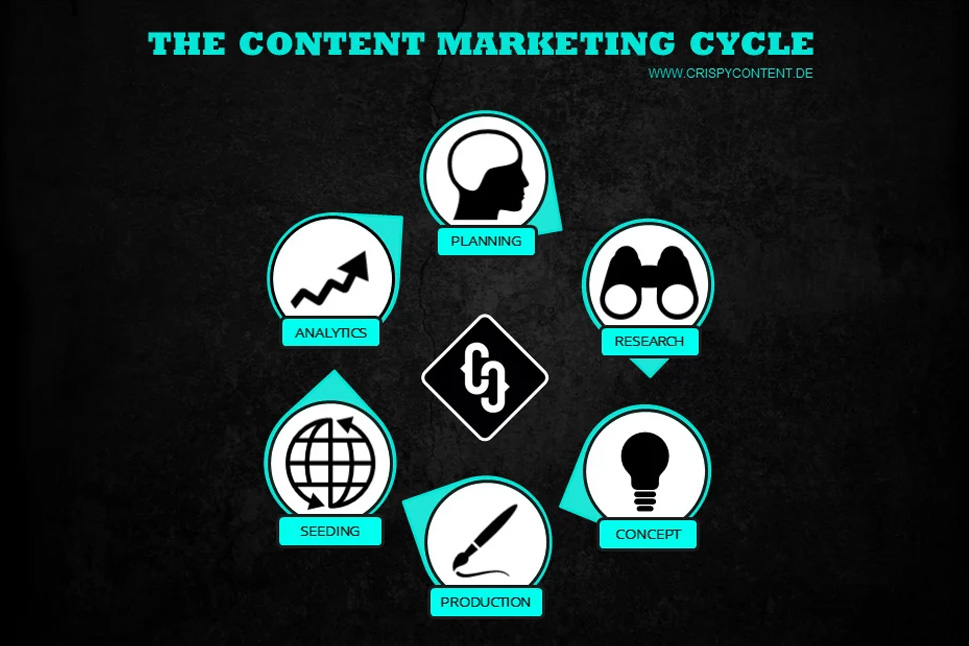B2B Reach: Strategic Partnerships over Content Production Lines
Last updated on October 6, 2025 at 06:00 AM.There has been a fundamental consensus in digital marketing for years: Content is the heart of every successful communication strategy. But what if traditional content marketing tactics suddenly become ineffective? What if competitors disrupt the market with innovative reach-building methods, changing the rules of the game? This is exactly what has recently happened—and it offers important insights for companies facing volatile markets and ever-increasing demands.

Why the Approach to Building Reach Must Be Rethought
The story of Perplexity, an AI startup that has acquired millions of users within months through bold, unconventional methods, demonstrates that modern reach strategies work differently today. Merely relying on blog posts, whitepapers, and SEO ensures visibility—but rarely relevance. A paradigm shift is underway, with significant implications for brand communications and B2B marketing.
Experimentation Over Standardization: New Paths to User Activation
Perplexity has largely dispensed with traditional content teams. Instead, reach and visibility are generated through strategic partnerships, product integration, and user-generated content. What was previously known as "content marketing" is being turned on its head. The focus is no longer on content production, but on its intelligent distribution and direct integration into existing user ecosystems.
The result: Reach is no longer achieved by painstakingly climbing the SEO rankings, but through targeted deals with powerful partners. Telecom providers, hardware manufacturers, and media companies become multipliers, exponentially increasing brand presence within a short period. The goal: immediate visibility, real-world usage, and sustainable brand perception.
Relevance for Companies in Transition
Perplexity’s approach is disruptive—and brings new energy to industries struggling with traditional communication channels. In times of budget cuts, resource constraints, and mounting cost pressures, many companies ask: How can maximum impact be achieved with limited resources? The answer lies in the intelligent combination of product, distribution, and partnerships.
This approach opens new opportunities, especially for global enterprises with complex communication needs. By integrating their offerings early into relevant products or platforms, companies not only secure reach but also credibility—often with less effort than previously required.
Challenges: Trust, Transparency, and Brand Control
However, foregoing traditional content production also brings challenges. Outsourcing content and reach means relinquishing some control over the brand. Ensuring the quality of user experience and brand perception becomes even more vital. It is crucial to balance scalability and reliability, reach and authenticity.
Moreover, the choice of partners determines the success of the model. Distribution at any cost can dilute the brand if communication integrity suffers. Companies must structure deals to ensure their values and quality standards are maintained at all times.
Practical Example: How Perplexity Is Redefining Reach
A look at Perplexity’s journey reveals how a company with seemingly limited resources can build an international user base. The startup has secured partnerships with telecom providers such as Deutsche Telekom, SK Telecom, and SoftBank, directly targeting millions of users[1]. For example, through Magenta Moments, Deutsche Telekom private customers receive 12 months of free access to Perplexity Pro. With the new AI smartphone, this offer extends to 18 months.
Instead of traditional funnel campaigns, the team relies on street activations, eye-catching appearances, and straightforward calls to action. Users are not guided through whitepapers or lengthy blog posts but are encouraged to test the product directly. Each carrier deal essentially acts as a marketing department, delivering reach to the system.
User-Generated Content as a Growth Engine
Another pillar of the strategy: Perplexity Pages. Users independently create answer documents published and shared on the platform. Each contribution showcases the product’s capabilities. Content is generated organically—driving visibility, engagement, and brand loyalty. SEO plays no role here; instead, the focus is on uniform titles and clear linking.
Perplexity also opens its doors to media companies: The publisher program shares ad revenue when their content is referenced. With models like Comet Plus, up to 80% of subscription revenue goes to publishers. Potential adversaries become strategic allies; legal disputes turn into partnerships. Costs are incurred only on future earnings.
New Monetization Without User Frustration
Unlike many platforms that place ads within content, Perplexity strictly separates answers from advertising. Ads appear exclusively as sponsored follow-up questions alongside the actual answer. This preserves the user experience, while advertisers reach targeted audiences with precision. Trust in the platform remains intact; monetization is subtle and efficient.
The next step: Perplexity will be pre-installed as standard on new devices. The startup has developed its own browser, is collaborating with hardware manufacturers such as Motorola, and is negotiating with other OEMs. With a single deal, millions of devices—complete with the application—reach users directly, eliminating app store friction and download barriers.
Implementation: Strategies for Forward-Thinking Companies
The insights from this case can be applied across industries. Companies looking to make their reach and brand loyalty more efficient should consider the following approaches:
- Partnerships with platforms or distributors that provide access to large user groups
- Integration of their own offerings into existing ecosystems (e.g., white-label solutions, hardware or service bundles)
- Promotion and management of user-generated content to enhance authenticity and engagement
- Development of monetization models that align user experience with advertising effectiveness
The most important step is the willingness to challenge existing mechanisms and explore new paths. Finding partners who offer both reach and credibility requires strategic thinking and the courage to embrace change.
Leveraging Strengths and Expertise
Companies must integrate these new opportunities into their communication strategies. Clearly explaining methods and mechanisms, identifying trends early, and presenting them transparently creates significant added value for their audiences. Strategic external partnerships and innovative distribution models thus become true competitive advantages—not just for brand awareness, but for sales and customer loyalty as well.
The key lies in combining creativity, analytical skills, and industry-specific expertise. Those willing to embrace new ways of building reach can learn from pioneers like Perplexity and future-proof their own communication ecosystems.
 Gerrit Grunert
Gerrit Grunert
Gerrit Grunert is the founder and CEO of Crispy Content®. In 2019, he published his book "Methodical Content Marketing" published by Springer Gabler, as well as the series of online courses "Making Content." In his free time, Gerrit is a passionate guitar collector, likes reading books by Stefan Zweig, and listening to music from the day before yesterday.




.png)











.jpg)

-1.jpg)

-1.jpg)
.jpg)



.jpg)













.jpg)







.jpg)



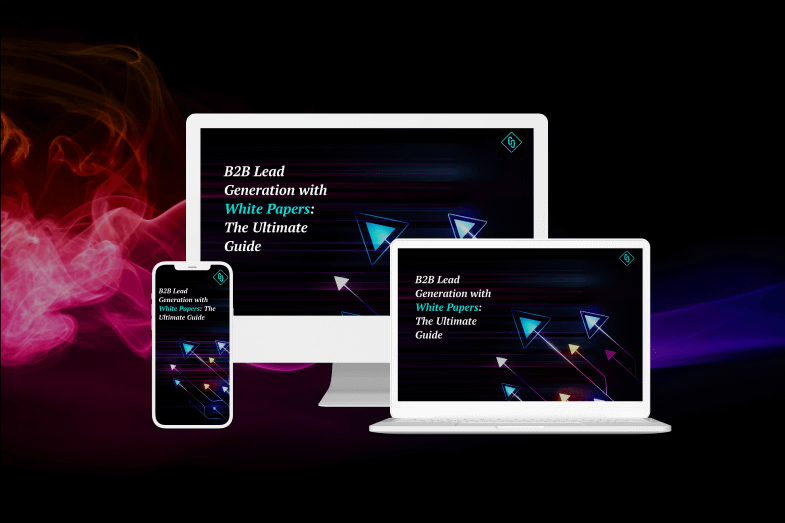










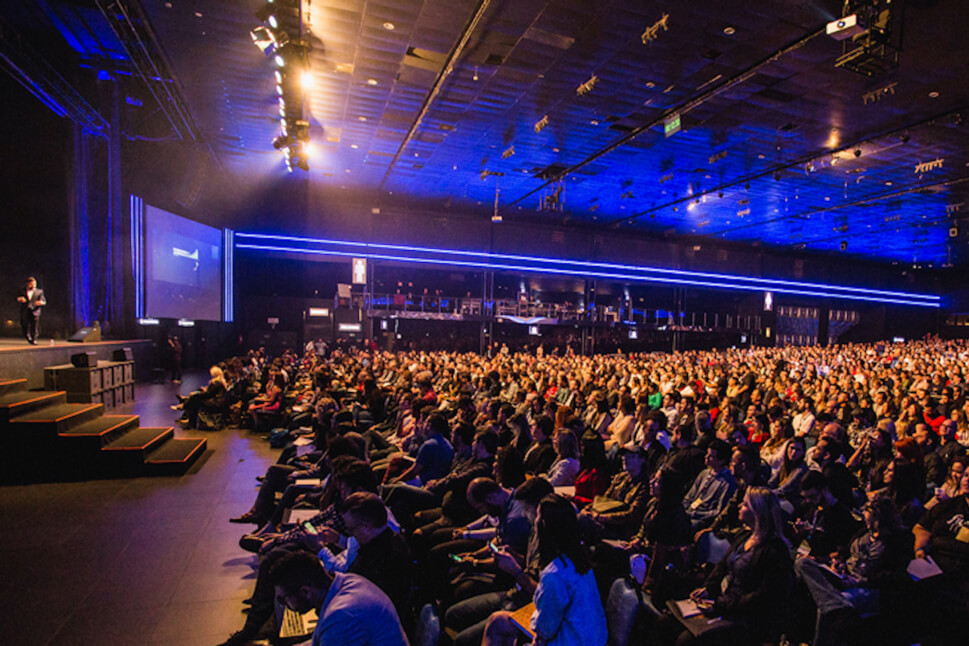














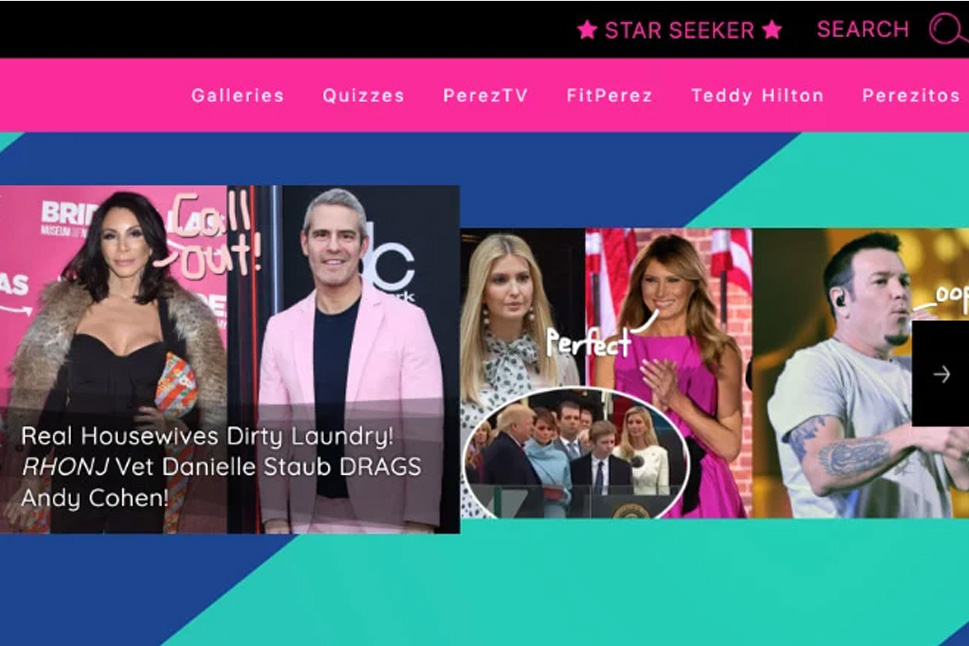



.jpg)
















